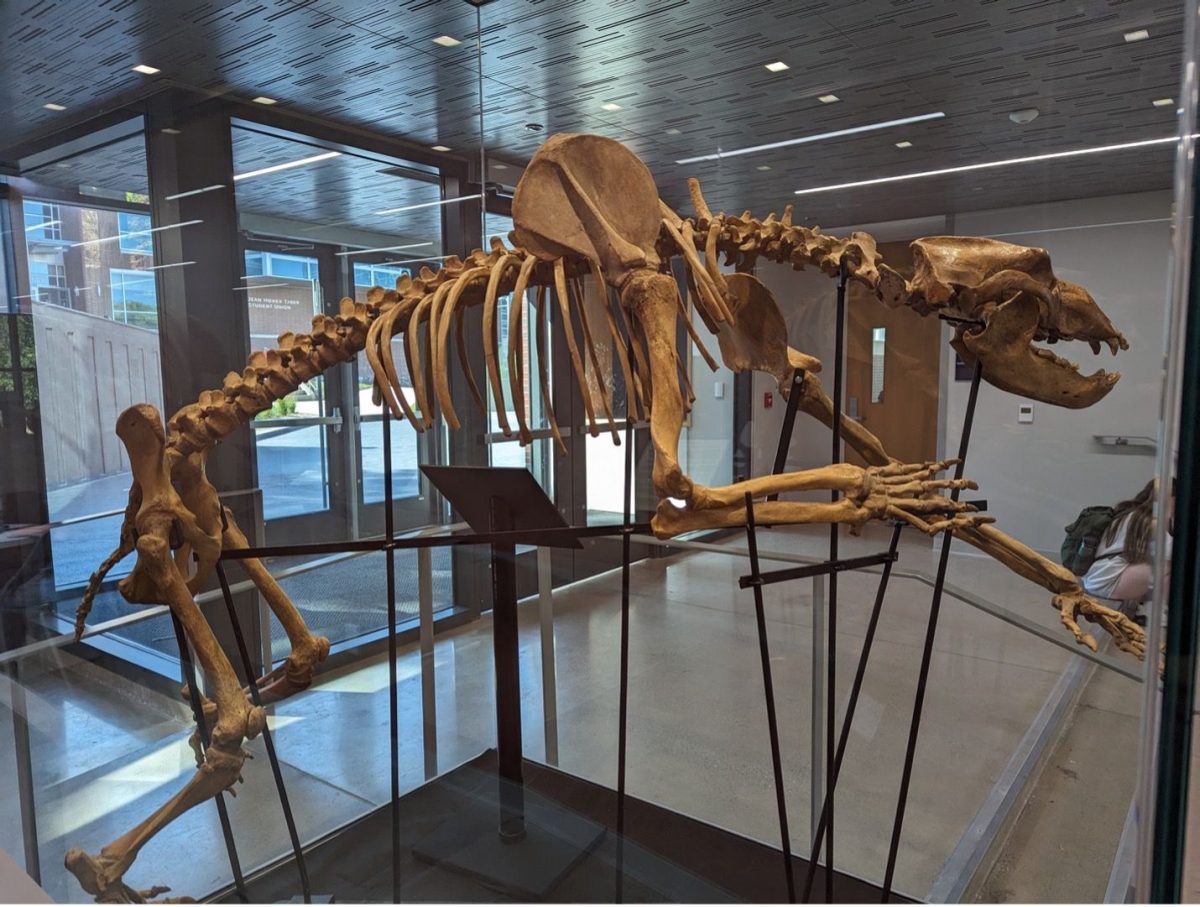Simulation teaches difficulties of poverty
November 11, 2014
The College of Health Professions and the Akron-Region Interprofessional Area Health Education Center are co-sponsoring the Community Action Poverty Simulation to give participants an understanding of what it is like to live in poverty.
In the simulation, participants will become a low-income family member. There will be four 15-minute “weeks” in which participants will provide for their family on a limited budget.
The families will gather in a room and tables will represent services such as a bank, an employer, a utility company, a grocery store and a child care center. The volunteers stationed at the tables will be people from the community that have faced poverty.
Various scenarios will be assigned to participants; some may be newly unemployed while others may have been abandoned by their main source of income. The families may have children, senior citizens or even grandchildren that they have to provide for. The simulation will last between 2 ½ to 3 hours. It will end with a debriefing in which participants will discuss what they have learned from the experience.
Lori Kidd, Assistant Professor in the School of Nursing, said that she feels the Community Action Poverty Simulation is effective. She participated in a poverty simulation before directing this one and found it to be an eye-opening experience.
It may only be a simulation, but to Dr. Kidd, it felt real.
“I also wanted time to plan and strategize, but I didn’t have that luxury—life just kept happening now,” Dr. Kidd said.
She hopes that someone with a negative mindset towards those living in poverty will leave with an improved attitude.
The program starts Friday, November 14 at 10 a.m. and lasts until 1 p.m. at the Quaker Square Inn Ballroom.
Participation as a family member is currently full, but students who are interested can observe as the process unfolds or volunteer to help reassembling after the simulation.











